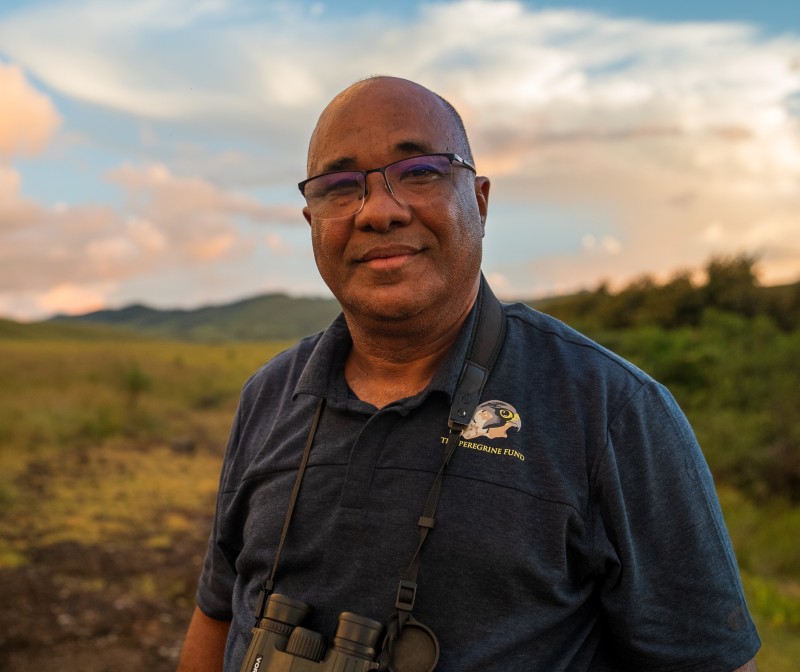Lapwings (critically endangered wading birds)

Lapwings are known for their striking black and white plumage, and distinct calls. Populations have decreased by over half since the late 1960s. This is mostly due to wetlands being built over, and pesticide use. Laptops are near extinction in the west of England.
Keep at least 50 metres away from wading birds, as flying away wastes energy that could be used for feeding (they need more space at high tide). Keep dogs away, as disturbing nests could cause birds to abandon chicks. Read more on keeping dogs safe at the seaside.
Often spotted in grasslands and wetlands, lapwings require grasslands (for food and camouflage against predators) and wetlands (for rich feeding grounds).
Lapwings breed from March to July. They nest on the ground, laying eggs in shallow scrapes. This means their nests are vulnerable to predators and human activity. Disturbed nests could lead to chicks being abandoned.
Restoring our wetlands is the best way to help wading birds, as it provides natural food and habitat. In recent years, many wetlands have been lost to farming and building, so birds lose their nesting and feeding grounds.
Other issues are water pollution, raw sewage and climate change which changes weather patterns). So support small organic farmers that protect wildlife corridors, and avoid companies that use pesticide, that kill the creatures that wetland birds feed on.






